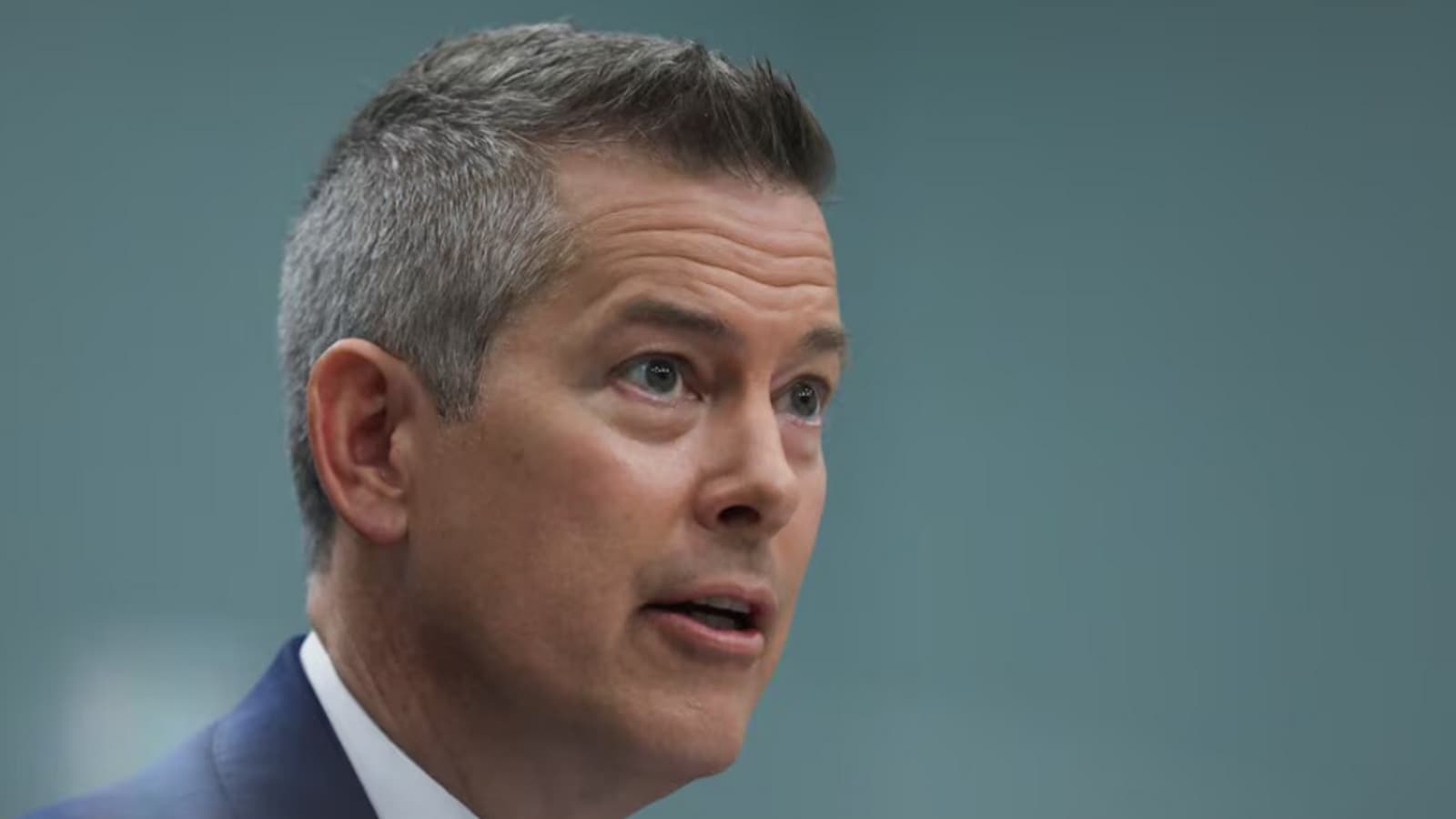Tucking into a box of Quality Street or Celebrations is a Christmas tradition.
But as this year’s supply arrives in British supermarkets, it is becoming clear that the Grinch has already struck and made the tubs of the confectionery lighter.
Someone has also taken a bite out of Toblerone, with 20g shaved off its chocolatey peaks, reducing a 360g bar to 340g.
The latest round of shrinkflation means anyone prising the lid off the Quality Street box may be underwhelmed by the number of sweets – as 50g has been lost from the weight, taking it from 600g to 550g.
Meanwhile, at 500g, there’s less to celebrate about tubs of Mars’s Celebrations, which weighed 550g in 2024.
The writing may have been on the wall earlier this year when Nestlé announced it was altering how Quality Street’s Purple One and Orange Crunch looked.
As well as changing shape, they are now lighter: the unwrapped Purple One used to weigh 9.59g and is now 8.46g. The new look Orange Crunch is down from 9.06g to 8.72g.
You can’t even seek solace from shrinkflation in a Terry’s Chocolate Orange as earlier this year the ball dwindled from 157g to 145g.
Toblerone, owned by the US food company Mondelēz, is no stranger to shrinkage. In 2016, it faced a backlash after it widened the gaps between the chocolate bar’s distinctive triangular chunks instead of putting the price up. Two years later it reverted to the original shape.
Chocolate was once a relatively inexpensive indulgence, but the soaring cost of cocoa has pushed prices up. There have been consecutive poor harvests in west Africa, including Ghana and Ivory Coast where more than half of the world’s cocoa beans are harvested.
Although the price of cocoa beans has fallen back from last year’s record, the UK’s most recent official cost of living data showed the price of chocolate on shop shelves had climbed by 17.2% in the year to July.
In the run-up to Christmas, the tubs of chocolate favourites are heavily discounted by supermarkets to pull in shoppers, but whereas last year the promotional price was £4, this year it appears to be £4.50.
Andrew Moriarty, a cocoa expert at commodity analysts Expana, said price increases were linked to still-high ingredient costs.
“Though raw material prices like cocoa butter have come down nearly 45% [in sterling terms] over the last 12 months, they remain substantially higher than in the years prior to 2024,” he said.
“According to many of the retailers I speak to, suppliers have come for a few increases in recent months on the back of more aggressive costings done earlier in 2025.”
A Mondelēz International spokesperson said any changes to its product sizes were a “last resort”.
“However, we are continuing to experience significantly higher input costs across our supply chain, with ingredients such as cocoa and dairy costing far more than they have done previously.
“Meanwhile, other costs, such as energy and transport, also remain high. This means that our products continue to be much more expensive to make.”
As a result it had made “a small weight reduction to some of our Toblerone bars”.
Nestlé said that every year it set the pack sizes and RRPs for its Quality Street products based on a number of factors including the cost of manufacturing, ingredients and transport.
A spokesperson added: “We think our pricing is competitive with a good variety of choice for Quality Street fans. Final prices are at the discretion of individual retailers.”
Mars was also approached for comment.







